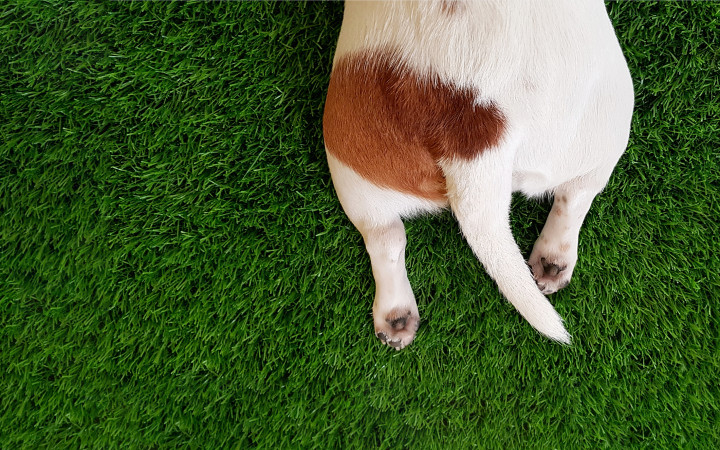Today’s Wonder of the Day was inspired by Shrihaan. Shrihaan Wonders, “Why do dogs chase their tails” Thanks for WONDERing with us, Shrihaan!
Today's Wonder of the Day takes a closer look at the tail end of man's best friend. What are we talking about? Dogs' tails, of course!
If you love dogs, you know that they come in all sorts of shapes, sizes and colors. They can vary in so many different ways. One of their primary features — the tail — can also vary widely amongst different dog breeds.
Some dog breeds have long, shaggy tails that can wag so forcefully that they can be wielded like a weapon! Other breeds have short, tiny tails that aren't much more than nubs.
Dogs use their tails in many different ways. Some of you might have thought that tails were just useless appendages, but they serve several important functions for dogs.
In addition to communicating their feelings and emotions, dogs can use their tails for several physical needs. For example, dogs' tails help them keep their balance when they're moving. Dogs in very cold climates can also use their long, bushy tails for warmth when they curl up for a nap.
Some working dogs, such as retrievers, can use their tails like a rudder while they're swimming. In addition to using their paws as paddles, their tails can help steer them in the right direction. After they get out of the water and relax on the shore, their tails can also be used as a flyswatter, keeping pesky insects at bay.
One of the most powerful functions of a dog's tail, though, is communicating the dog's feelings and emotions in social situations. After all, a wagging tail is a sign of happiness, right? As you'll soon learn, that's a myth that's not always true!
Television commercials that show happy dogs in front of heaping bowls of food equate a wagging tail with happiness. While that's sometimes true, a wagging tail can communicate many different messages.
Just think about it. It's really no different than your smile. When you smile, are you always happy? Not necessarily, right? Sometimes we smile because we feel it's expected of us or we want to make someone feel comfortable…even if we aren't feeling happy at that moment.
In addition to happiness, a wagging tail could also communicate fear or insecurity. It might even be a challenge that conveys a warning that you shouldn't approach.
Scientists who have studied dogs' tails have concluded that there are many different messages a wagging tail can communicate. In addition to the wagging tail itself, you need to consider many other factors, including a dog's facial expressions, body posture and the position, direction, and speed of the wagging tail.
For example, if a dog's tail is straight back, it may be on alert for potential danger. If the tail moves straight up, it can serve as a warning that the dog feels threatened and shouldn't be approached. On the other hand, an “in-between" tail can be a sign of comfort or relaxation, while a drooping tail can signal worry, fear, or illness. Of course, these signs can vary amongst breeds and should always be interpreted in light of how a particular dog usually holds its tail.
The speed and breadth of a tail wag can also tell you a lot. The faster a tail wags, the more likely it is that the dog is excited. Likewise, the broader (wider) the tail swings, the more likely it is that the dog is in a positive mood.




